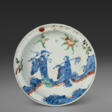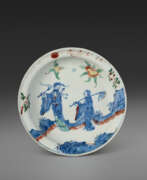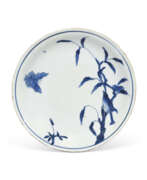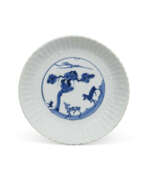Tianqi period
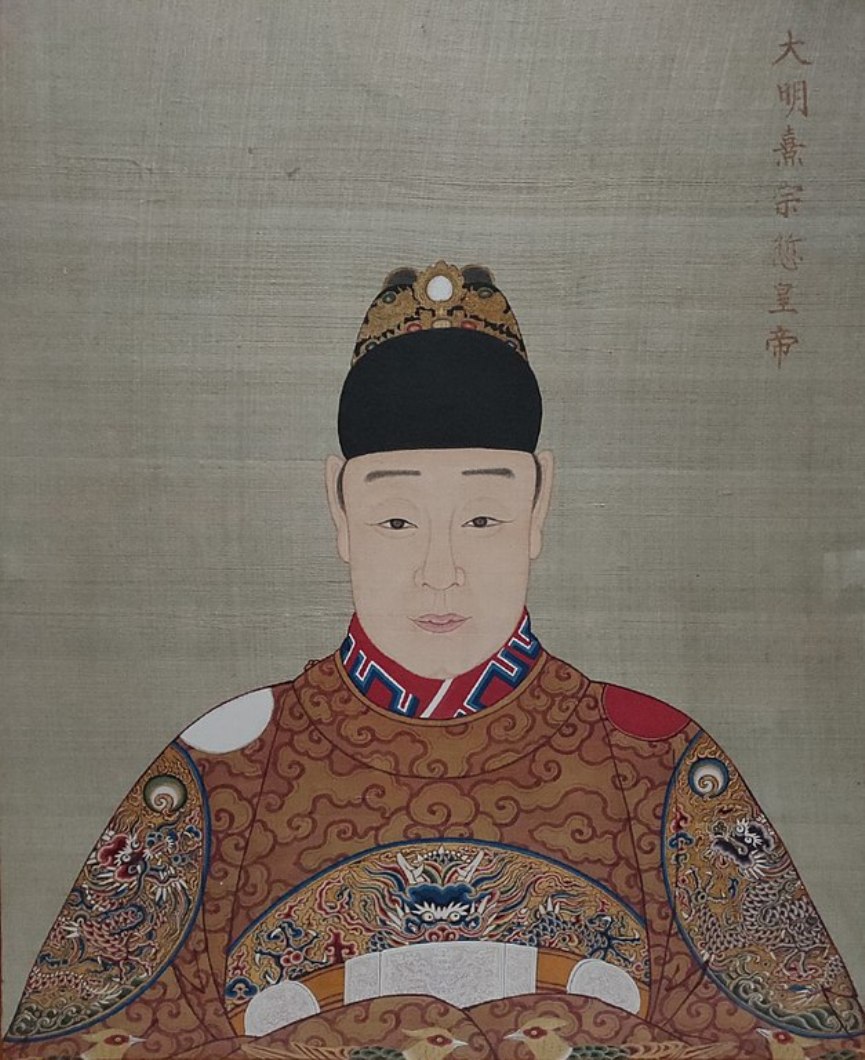
Tianqi period
The Tianqi period, spanning from 1620 to 1627, was the reign of Zhu Youjiao, the 15th emperor of the Ming Dynasty in China. Zhu Youjiao, known as the Tianqi Emperor, ascended the throne at the age of 15 after the death of his father, the Taichang Emperor. His era name, "Tianqi," translates to "Heavenly Opening."
This period is marked by political turmoil and administrative neglect, largely due to the Tianqi Emperor's disinterest in state affairs. Suffering from illiteracy and possibly a learning disability, Zhu Youjiao devoted his time to carpentry, a craft at which he excelled, rather than governance. This allowed the notorious eunuch Wei Zhongxian and the emperor's wet nurse, Madam Ke, to control the Ming imperial court, effectively reducing the emperor to a puppet ruler.
The Tianqi period saw rampant corruption and abuse of power by Wei Zhongxian and Madam Ke, who eliminated political rivals and plundered resources. Their actions contributed to the deterioration of living conditions and the outbreak of popular uprisings. Additionally, the Tianqi Emperor's neglect led to the persecution of the Donglin Movement, a group of Confucian moralists concerned about the state's condition.
Despite his shortcomings as a ruler, the Tianqi Emperor was recognized for his extraordinary skills in carpentry and architecture. He redesigned and repaired buildings within the Forbidden City and created intricate handicrafts, selling them anonymously in the market.
The Tianqi period ended with the emperor's sudden death in 1627, following a series of personal tragedies, including the loss of his heirs in the Wanggongchang Explosion and natural disasters that struck China. He was succeeded by his younger brother, Zhu Youjian, the Chongzhen Emperor.
For collectors and historians, the Tianqi period offers a unique glimpse into a time of political intrigue and personal tragedy within the Ming Dynasty. Sign up for updates to delve deeper into this fascinating era and stay informed about exhibitions, sales, and auction events featuring artifacts from the Tianqi period. Discover the complexities of this turbulent chapter in China's imperial history today!
| Country: | Asia, China |
|---|---|
| Start of the period: | 1620 |
| End of the period: | 1627 |
